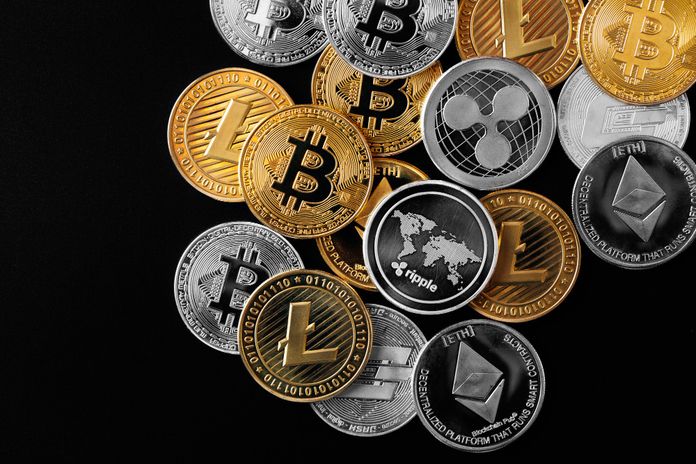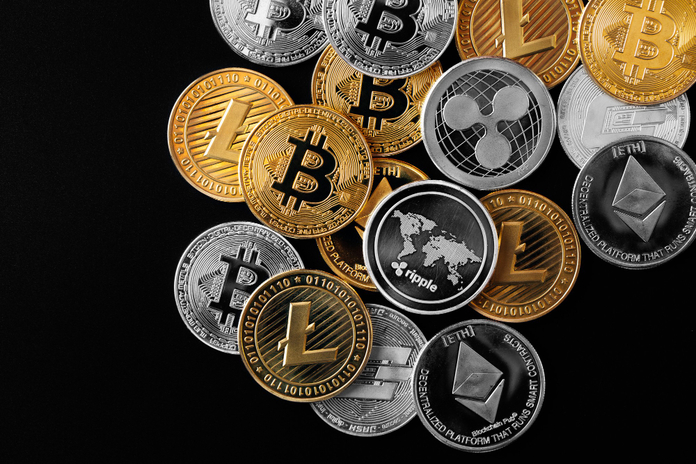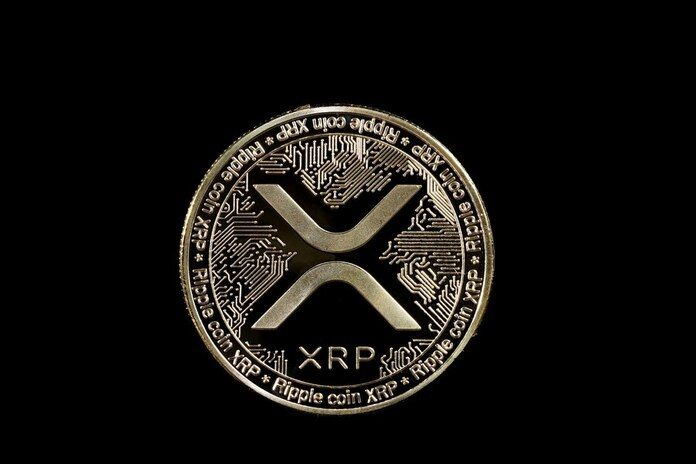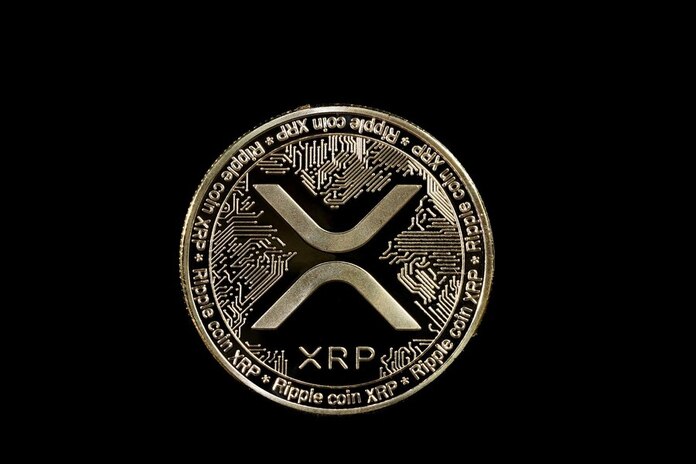Sandchain: The Creator-First Blockchain Arriving in October
This post was originally published on this site

Crypto continues to evolve at a rapid pace, and October 2025 brings the debut of Sandchain, a blockchain designed specifically for creators. Backed by The Sandbox (NASDAQ:SAND), this new network emphasizes a “creator-first” approach, using SAND as its native gas and governance token.
The SANDChain Foundation announced that the network will launch publicly on October 1 at TOKEN2049 in Singapore, followed by a testnet rollout on October 14. With SAND already trading near $0.26 and listed on over 80 exchanges, investors and creators alike are watching closely to see if the network will generate measurable adoption.
Why Sandchain Matters for Creators
The Sandchain ecosystem is built on ZKsync’s ZK Stack and Caldera infrastructure, giving it scalability, security, and a foundation for zk-powered transactions. The network leverages The Sandbox’s existing user base of over 8 million, 25,000 LAND owners, 400 brand partners, 1,500 creator-built games, and 700,000 user-generated experiences to expand beyond gaming into the broader creator economy.
Early access begins October 1 through a “Creator Manifesto.” The network’s first products, Patron Vaults and Creator Vaults, aim to support creator financing and streamline repayments from platforms like YouTube and TikTok. Each action on-chain is designed to enhance the utility of SAND, creating a self-reinforcing value loop within the ecosystem.
The Three Layers of Sandchain Value
Sandchain introduces three distinct value layers to support creators and incentivize engagement:
-
SANDpoints – A reputation and loyalty system that tracks user engagement and rewards active participants.
-
Creator Points – Measures fan support and guides the allocation of tokens, ensuring transparency in distributing rewards.
-
Creator Tokens – Tradeable assets tied to individual creators, allowing fans to invest directly in their favorite artists and interact meaningfully with their brands.
This structure positions Sandchain as a network designed not only for efficiency and security but also for fair and transparent value distribution.
Backing and Strategic Partnerships
The project has received support from a wide array of prominent partners in the blockchain and gaming industries, including The Sandbox (NASDAQ:SAND), Animoca Brands, ZKsync, Sequence, EigenCloud, Caldera, Ready Player Me, Request Finance, and Halborn. Additionally, cultural and IP partnerships with artists like Agoria and Pucca highlight Sandchain’s commitment to a diverse creator ecosystem.
Animoca Brands has already promoted the launch through its official channels, signaling strong institutional backing and market credibility.
SAND Token Utility
The SAND token serves dual purposes on Sandchain: it powers gas fees and functions as a governance token. This dual utility ensures that active participants—creators and fans alike—can meaningfully engage with the network while contributing to its security and decentralized decision-making.
By integrating zk-powered scalability, Sandchain can handle complex interactions, such as Creator Vaults and Patron Vaults, with minimal friction, making the network more appealing to creators who require robust and flexible blockchain infrastructure.
Why Investors and Creators Should Watch
With its October launch, Sandchain has the potential to emerge as one of the most innovative crypto projects of the month. Its creator-first focus, strong partnerships, and integrated SAND token utility provide both technological and financial incentives. For investors, SAND’s integration into the network could drive demand for the token, while creators can access new monetization methods and fan engagement tools.
In short, Sandchain is a strategic evolution of The Sandbox ecosystem, turning user-generated content and fan interactions into measurable, tradeable assets. As adoption grows, both SAND holders and creators stand to benefit from the network’s expansion into the broader creator economy.
By linking gaming, content creation, and tokenized assets under a single, zk-powered blockchain, Sandchain may well become the standout crypto for October 2025.
Featured Image: Freepik
















